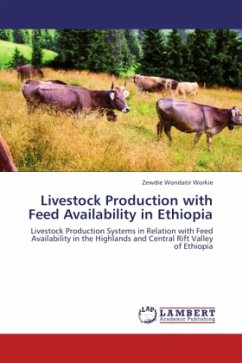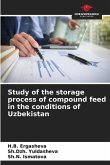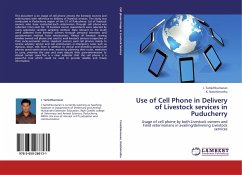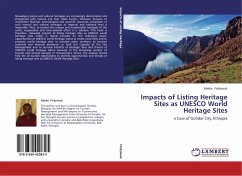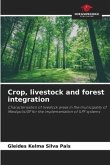In this investigation, assessment of available feed resources was conducted in two livestock production systems viz. peri-urban dairy system of the Highland and mixed-crop livestock system of the Central Rift Valley. The Highland production system is dominated by intensive and specialized dairy farmers where most of the times depend on purchased feeds. In the Central Rift Valley, livestock production system is extensive and largely depends on grazing lands and crop residues. Laboratory evaluation of major feeds collected from all study areas showed that both crop residues and crop stubbles had low content of crude protein which may be compensated with strategic supplementation of proteinaceous feeds to improve livestock performance. As a nutshell, the quality of available basal roughage feeds is generally low and strategic supplementation of protein and energy rich feeds should be required. Alternative means of dry season feed production and supply should be in place with the involvement of all stakeholders and development actors.

